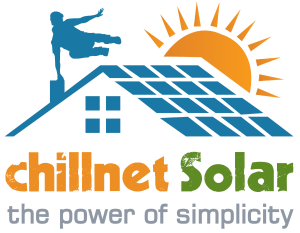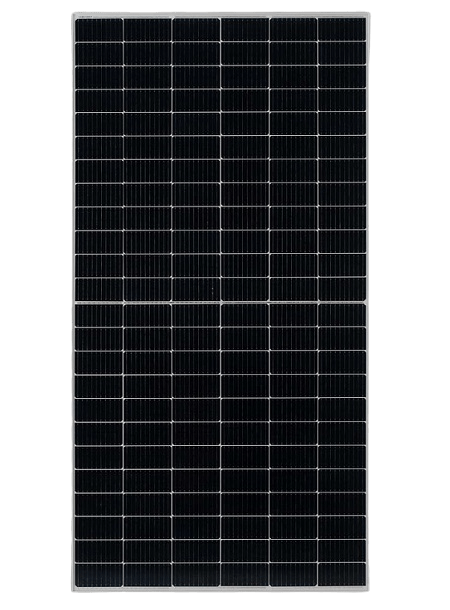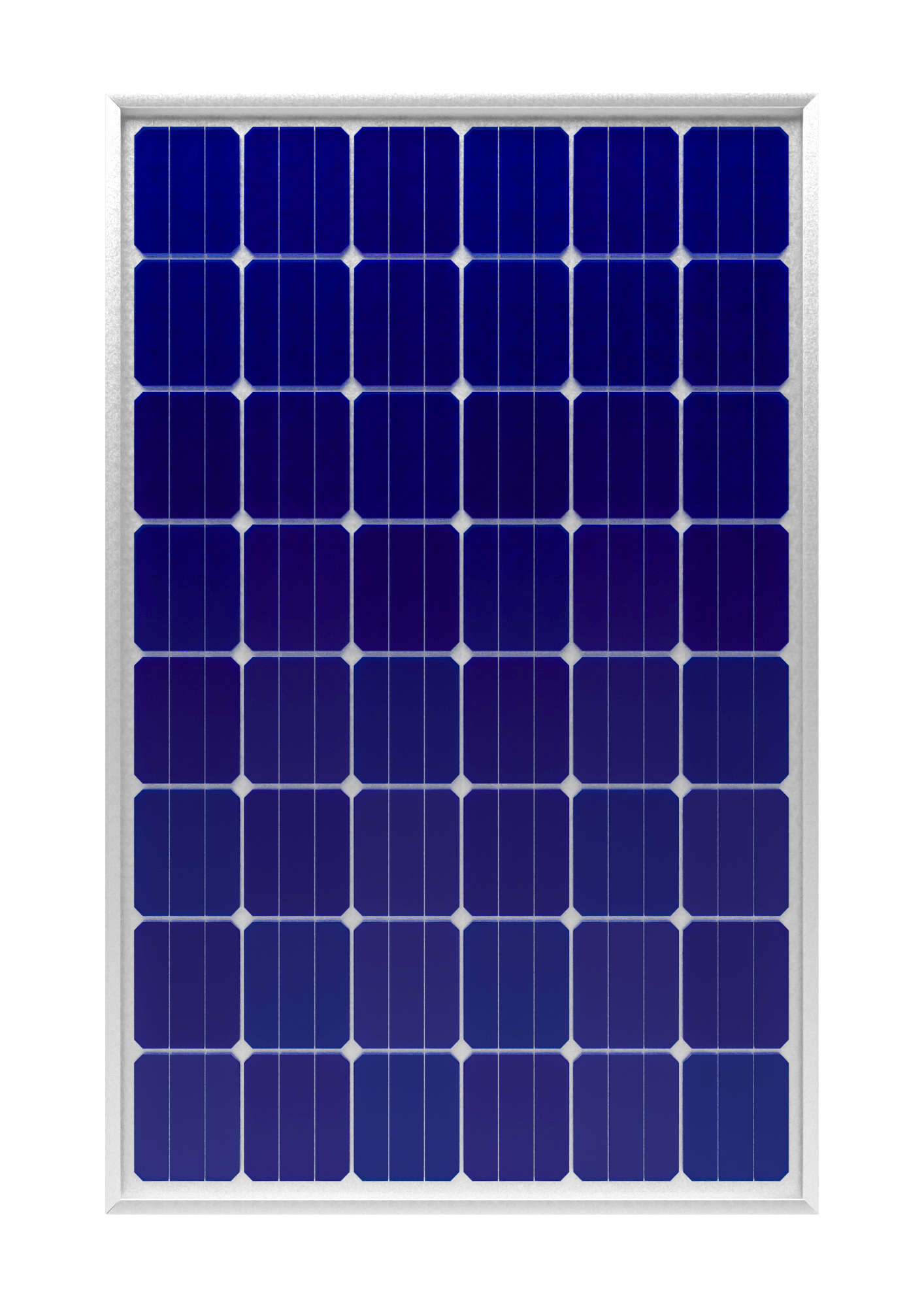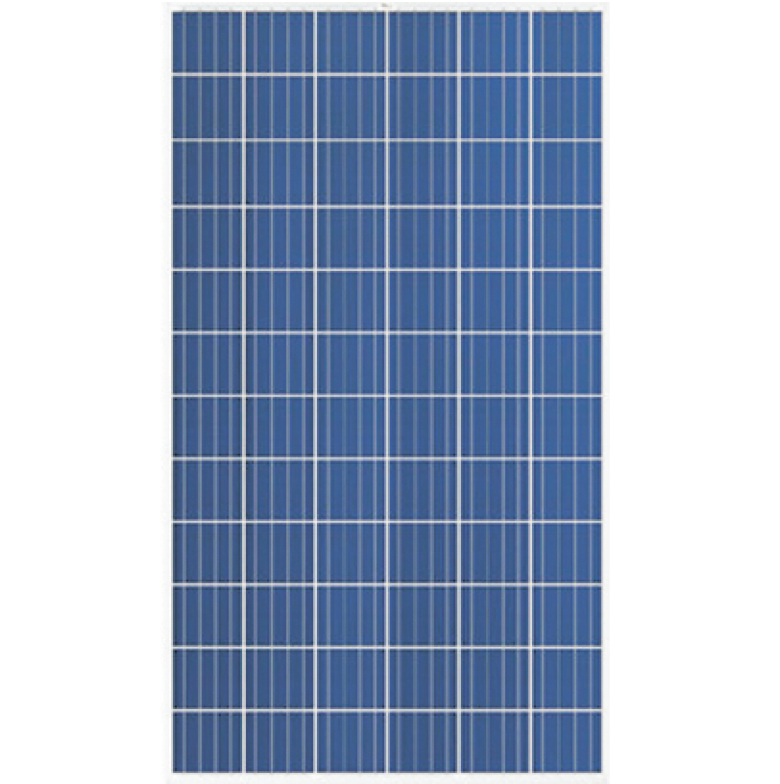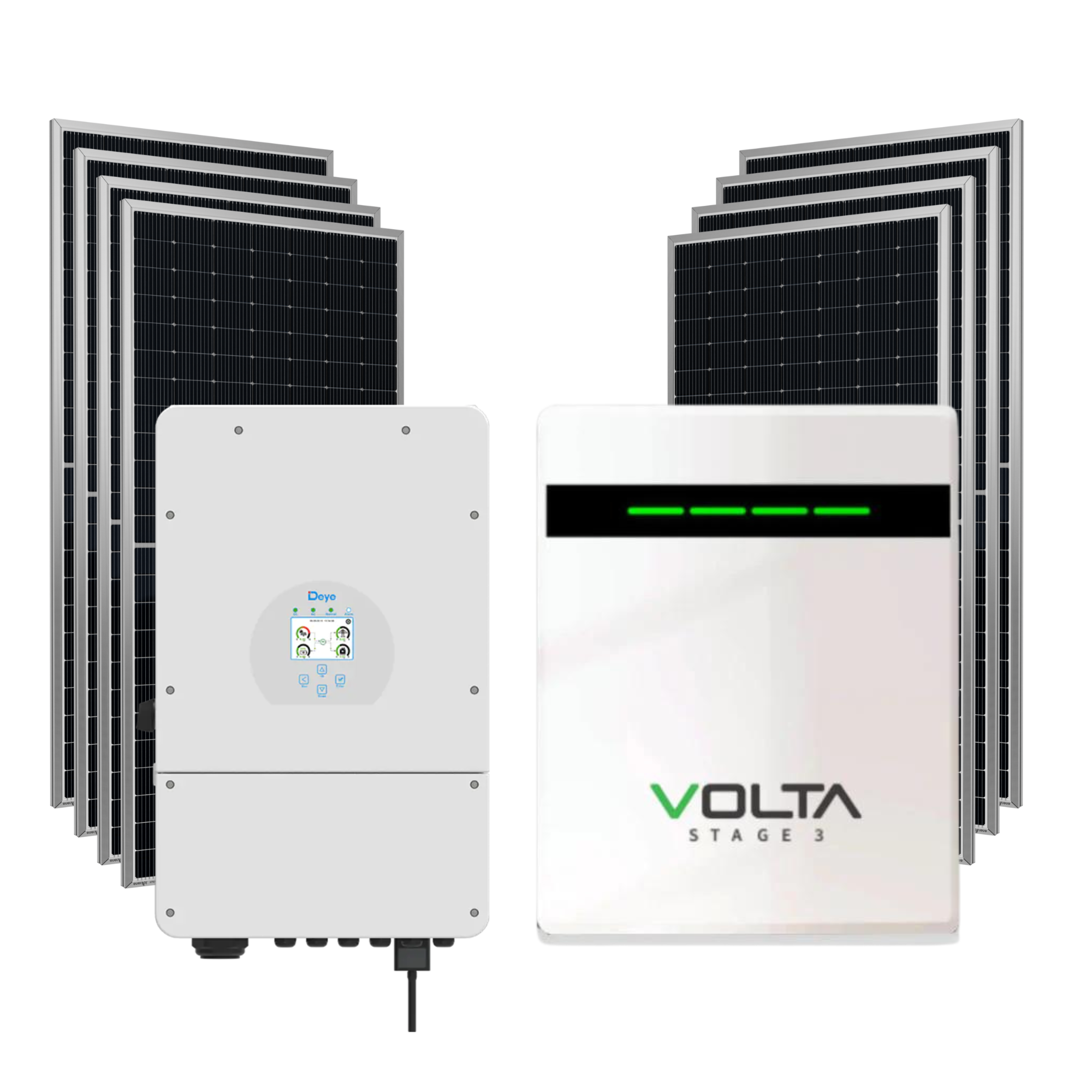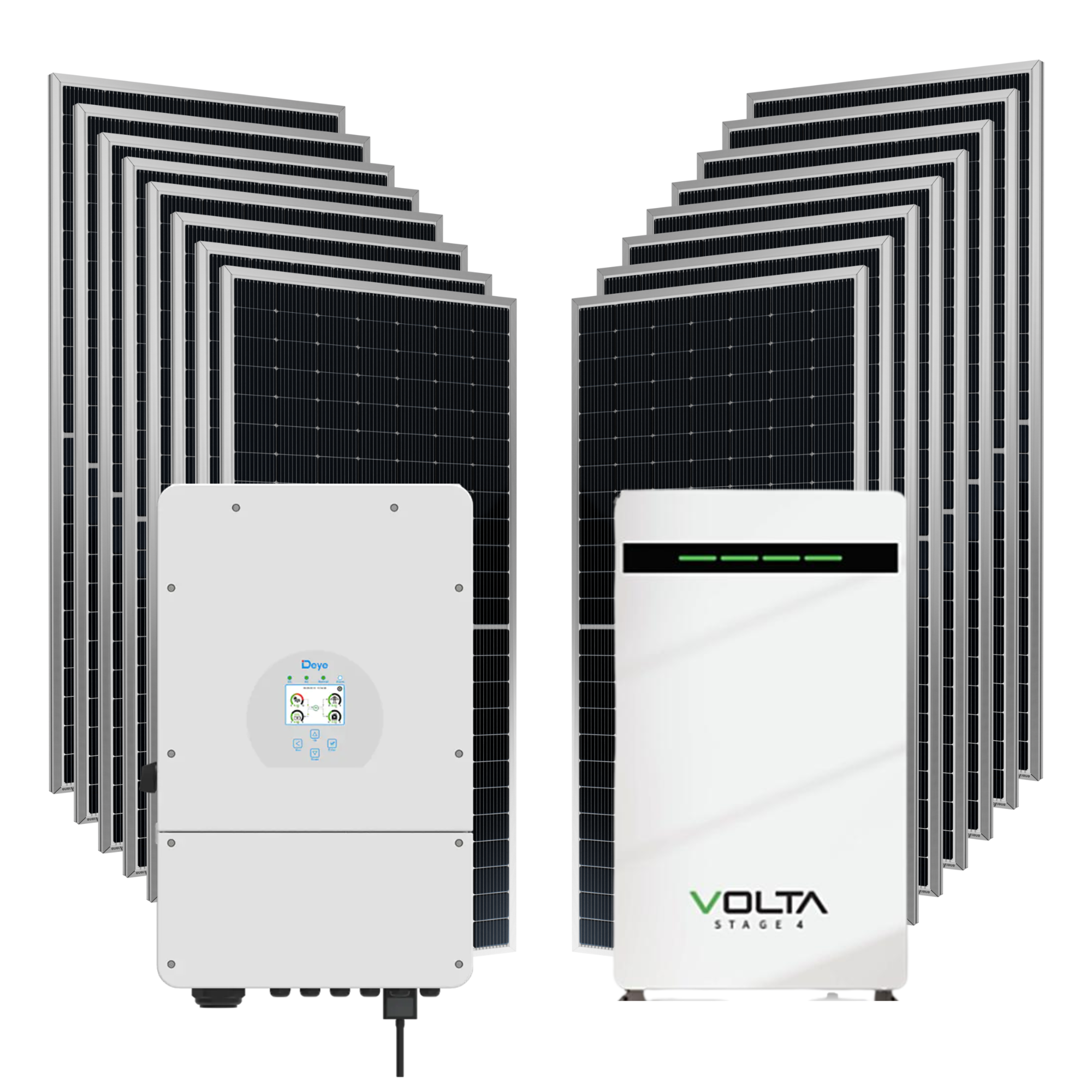Shining Bright: Navigating the World of Solar Panels in South Africa
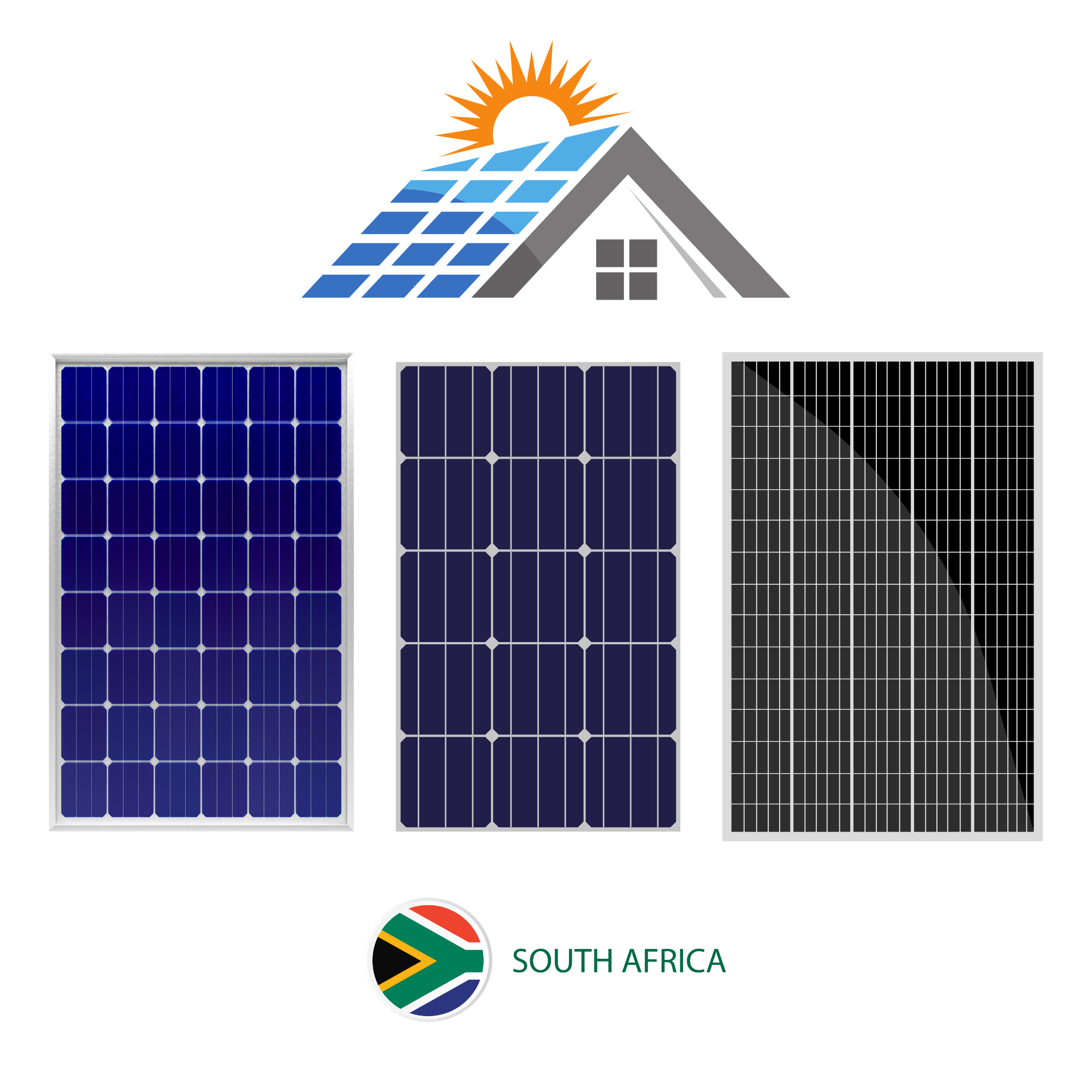
How does a solar panel work?
Solar panels harness the sun’s energy through a process called the photovoltaic effect. Here’s a breakdown:
- Solar cells: Each panel contains numerous solar cells, typically made of silicon. These cells have layers that react to sunlight.
- Sunlight absorption: When sunlight hits the cells, it knocks electrons loose from their atoms.
- Electrical current: The movement of these free electrons creates a direct current (DC) electricity flow.
- Inverter: The DC electricity from the cells is not usable in your home. An inverter converts it to alternating current (AC) electricity, which powers your appliances.
How Solar Cells Work: From Sand to Electricity
Imagine turning sunlight into electricity! That’s the magic of solar cells, and at their core lies a common element: silicon. This material acts like a semiconductor, allowing it to play a key role in capturing the sun’s energy.
But pure silicon isn’t enough. To get it working, we “dope” it with tiny amounts of other elements, creating two important types:
- N-type (negative): Has extra electrons, like phosphorus.
- P-type (positive): Has missing electrons, like boron.
When we sandwich these layers together, we create a p-n junction. This junction has a built-in electric field, like a tiny invisible dam.
Now, when sunlight hits the cell, it knocks loose electrons. Thanks to the electric field, these freed electrons are pushed in one direction, creating an electric current. The more sunlight that hits, the more electrons flow, generating more power.
But there’s more to it than just silicon! Other key components include:
- Anti-reflective coating: Ensures sunlight gets absorbed, not reflected.
- Electric field: Guides the moving electrons.
- Protective glass: Shields the cell from the elements.
By combining these elements, we harness the sun’s energy and power our homes, businesses, and even entire cities!
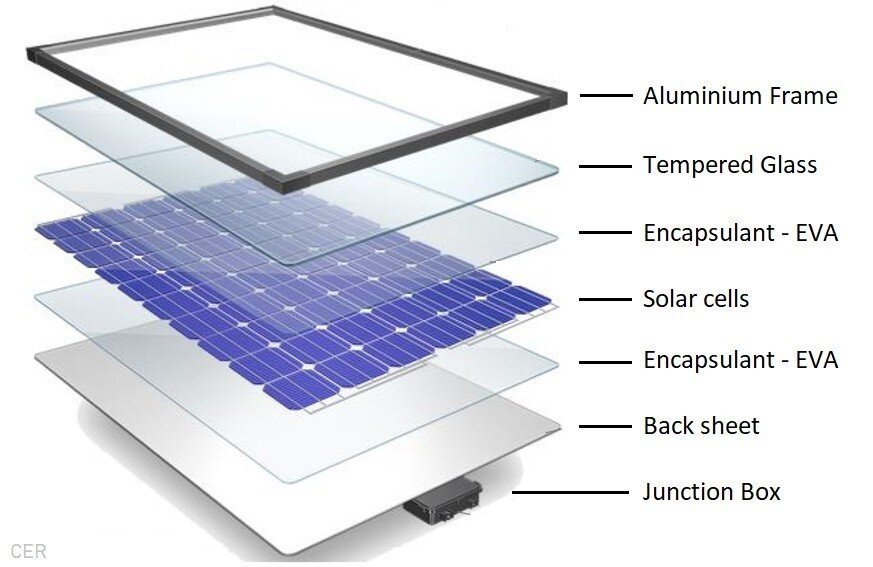
Shining Bright in South Africa: Navigating the World of Solar Panels
At ChillNet Solar, we’re passionate about helping you make the switch to clean, renewable energy. One of the most important decisions you’ll make is choosing the right type of solar panel for your needs.
Harnessing the sun’s power is becoming increasingly popular, and with good reason! Solar panels offer a clean, green, and sustainable way to generate electricity for your home or business. But with so many types of panels available, choosing the right one can feel overwhelming. Fear not, intrepid sun-seeker!
This guide will illuminate the different types of solar panels, helping you select the perfect fit for your needs. Let’s explore the four main types:
The Big Three: Monocrystalline, Polycrystalline, and Thin-Film
-
Monocrystalline Panels: These champions of efficiency boast the sleekest look, thanks to their single-crystal silicon construction. They squeeze the most power out of sunlight, making them ideal for space-constrained roofs. Imagine these sleek black beauties gracing your home, silently generating clean energy!
-
Polycrystalline Panels: Don’t underestimate the workhorses of the solar world! Polycrystalline panels, with their distinctive blue hues and multi-crystalline silicon, offer a more affordable option with slightly lower efficiency. Think of them as the reliable, blue-collar heroes of solar power.
- Thin-Film Panels: Lightweight and flexible, these panels shine in unconventional spaces like RVs or curved roofs. While their efficiency lags behind the crystalline options, their adaptability makes them perfect for unique installations. Imagine these versatile panels seamlessly integrated into your RV roof, powering your adventures!
Solar Panels in South Africa Compared
Beyond the Basics: Exploring Emerging Technologies
The solar landscape is constantly evolving, with exciting new technologies on the horizon. Here’s a sneak peek:
- CPV (Concentrated Photovoltaics): These high-tech panels use lenses to focus sunlight onto tiny, super-efficient cells, achieving record-breaking efficiencies. Think of CPV as the cutting-edge race cars of the solar world, pushing the boundaries of what’s possible.
- CIGS thin-film Solar Panels: These lightweight panels are made from thin layers of materials like cadmium telluride or amorphous silicon. They’re less efficient than crystalline panels, but they are flexible and can be suitable for irregular-shaped roofs. They’re also a good choice for low-light conditions.
How long does Solar Panels last in South Africa
Solar panels are known for their longevity, typically lasting 25-30 years in South Africa. However, this can vary depending on factors like:
- Panel quality: Opt for high-quality panels from reputable brands for maximum lifespan.
- Installation: Proper installation protects your panels from weather and ensures optimal performance.
- Maintenance: Regular cleaning and inspections help maintain efficiency and prevent damage.
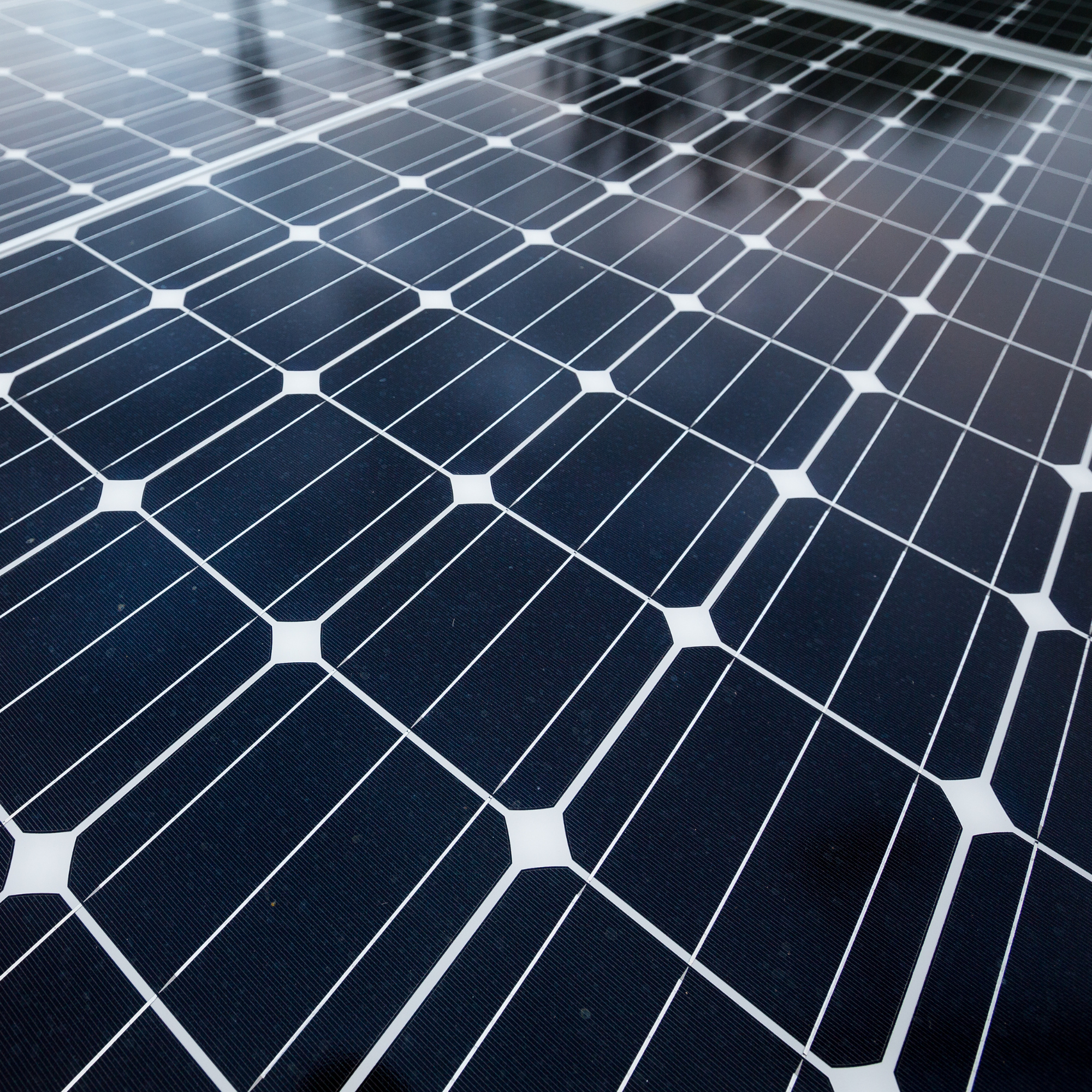
How are solar panels priced in South Africa?
The cost of solar panels in South Africa varies depending on various factors, including:
- Panel type: Monocrystalline panels are the most efficient but priciest, while polycrystalline and thin-film are more affordable.
- Panel size and power output: Larger panels with higher wattage are generally more expensive.
- System size and complexity: Bigger systems with additional components like batteries and trackers naturally cost more.
- Installation costs: Labor and permits add to the overall cost.
As a general estimate, a basic rooftop solar system in South Africa can range from R40,000 to R100,000, depending on the chosen options. However, government incentives and tax breaks can significantly reduce these costs.
Conclusion
Choosing the right solar panel in South Africa depends on your budget, energy needs, roof space, and aesthetic preferences. At ChillNet Solar, our experts can help you assess your options and design a solar system that’s perfect for you. Contact us today for a free consultation, and start saving money while going green!
ChillNet Solar is your one-stop shop for all your solar panel needs. We offer a wide variety of high-quality panels from the most trusted brands, and our experienced team can help you choose the right system for your home or business. We also offer financing options to make solar power more affordable than ever.
Contact ChillNet Solar today for a free consultation in {city} and start saving money on your energy bills!
Ready to Make the Switch?
At ChillNet Solar, we understand the power of informed choices. That’s why we offer a diverse selection of high-quality solar panels, from established technologies to cutting-edge advancements. Our expert team is here to guide you through every step, ensuring you find the perfect fit for your budget, energy needs, and aesthetic preferences.
WhatsApp today and let us help you harness the sun’s power! Together, we can create a brighter, more sustainable future, one panel at a time.
Remember, investing in solar panels is an investment in your future. Choose wisely, choose ChillNet Solar, and start shining bright!
![]()
